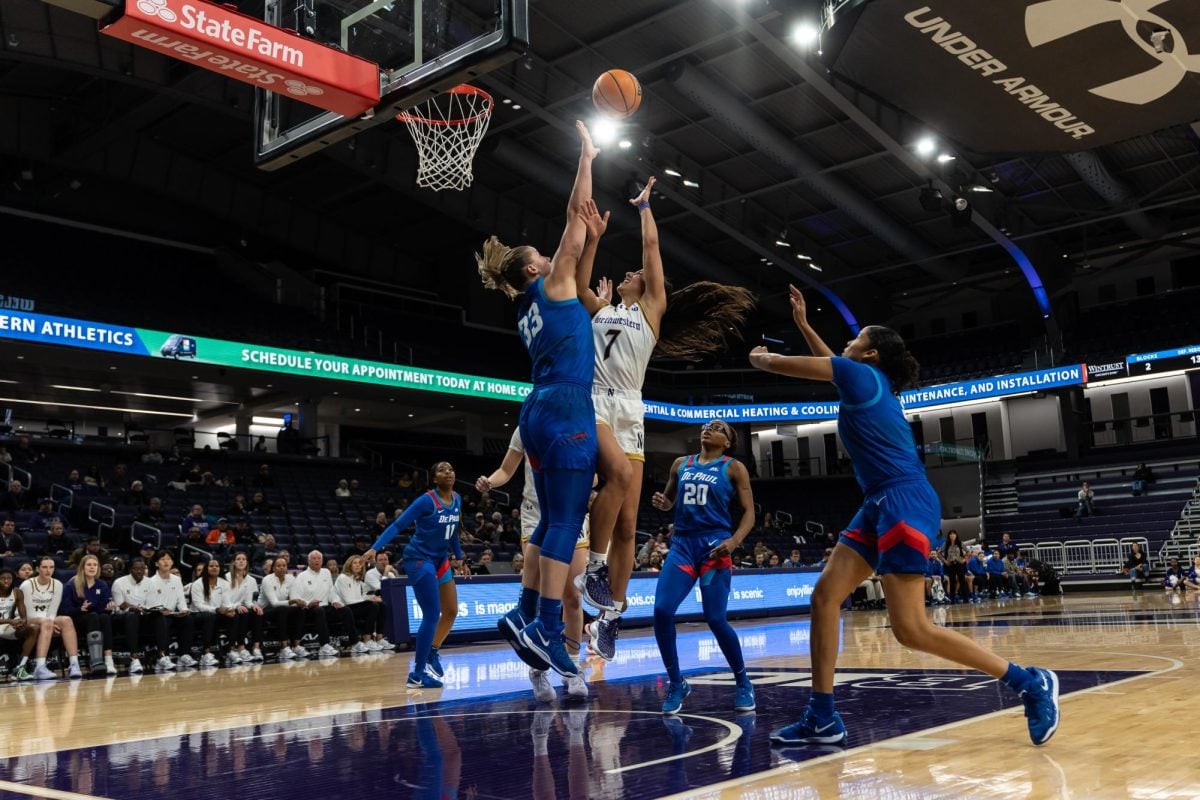As Jim Mora so eloquently put it, “Playoffs? Don’t talk about playoffs! You kidding me?”
With no disrespect to the former Indianapolis Colts coach, I will talk about playoffs.
The Big Ten athletic directors met last week to discuss a possible four-team playoff in college football. It would give the top two teams in the country home games in the first round before having the championship game at a neutral site. The plan is the first time the conference has been open to a playoff discussion since the Bowl Championship Series was created in 1998.
The plan, as Stewart Mandel of Sports Illustrated pointed out, would be a preferable option most years. Mandel compared the results of the current format to the likely results of the proposed format for every year since 1998, when the current format was instituted. The only three years that the BCS would have been preferable were 2002, 2005 and 2009, when two teams were clearly the cream of the crop. In every other year, a playoff would have helped settle the debate as to who should play for the national title.
The playoff would have been beneficial this year in particular, when for the first time the national championship game featured two teams that met during the regular season. Watching Alabama and Oklahoma State slug it out on the field would have been far more intriguing than sitting at home and letting a formula tell us who the best two teams are.
The playoff format might also help the Big Ten alleviate some of its postseason woes by bringing these crucial games into Big Ten territory. At the moment, the Big Ten plays bowl games against the SEC in the Southeast, the Big 12 in the Southwest and the Pac-12 in the West. The conference faces an uphill battle every year going to play some of the best competition in its region.
Northwestern is not immune to this phenomenon. The past two seasons, the Wildcats have played schools from Texas in Texas. Texas A&M may have been more talented than NU on Dec. 31, but the biggest difference in that game was the crowd, which was decidedly pro-Aggies. If that game was played outside Texas, the Cats would have had a better shot at bringing home that elusive bowl victory.
The plan in theory would benefit the Big Ten greatly in the years to come, but examining the past does not shed too kind a light onto the proposal. There would have been no Big Ten representative in the playoffs in any of the last four seasons. The conference would have had three home games, all of them in Columbus. In fact, the Big Ten would have been represented in only half of the playoffs.
As a whole I love this plan and what it could potentially do for the Big Ten, but in practicality it would not benefit the conference a great deal. In a time that has a tremendous SEC bias and a bias against the Big Ten, I can envision numerous scenarios in which the Big Ten would either be shut out of the playoff or be forced to head south.
There needs to be a playoff in college football and I think this is the best plan that has been proposed so far. The idea of the higher seed getting a home game is tantalizing to any school. A home crowd can be very influential in a critical football game; see the 2011 Meineke Car Care Bowl of Texas.
This plan may be great for college football, but until the Big Ten finally gets a dominant team like Ohio State earlier this decade, the proposal does not benefit the conference,
Assistant sports editor Josh Walfish is a Medill sophomore. He can be reached at [email protected]












